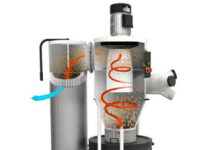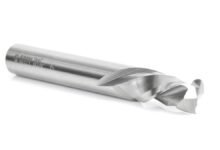Beginner Guide for CNC Programs (for Sketchup users)
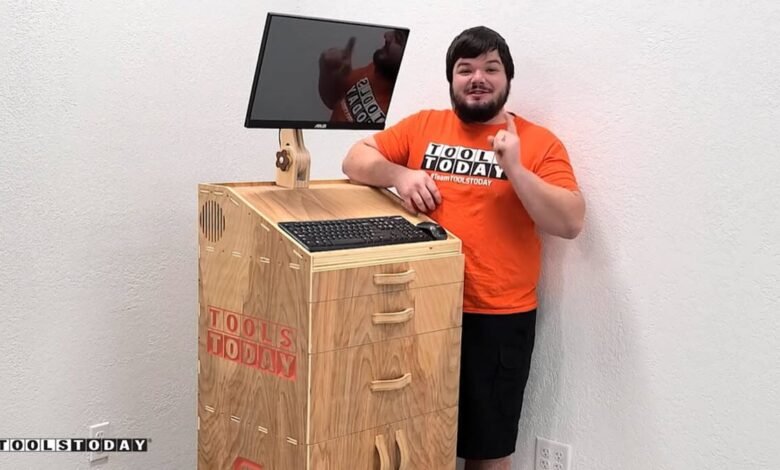

If you formulate a wardrobe, mark or full house in Sketchup, you already understand the most difficult part of CNC: convert ideas into accurate engineering. This guide blocks what you know in Sketchup to CNC’s workflow so that your virtual designs become real parts.
From the virtual to material
Think about the CNC process as graphics with energy tools. I still design, but now you will add two new steps that tell your device how to cut your design.
- CAD: Design stage (what you already do in Sketchup).
- Cam: The translator that creates cutting instructions from your design.
- Control unit/sender: The “pilot” who sends these instructions to your CNC.
Part 1 – CAD: your drawing skills, app
In CNC, “CAD” is where your model is formed. If you are happy to design in Sketchup, continue to use it for planning and planning. For production spare parts, many users move to CAD that is designed to manufacture (for example, CAD Parametric) because it is the fastest update later.
Key promotions versus Sketchup
- Border adjustments: Change the value (for example, width = 610 mm) and model updates-no restore/withdrawal/withdrawal.
- Ready engineering manufacturing: Clean carriers and solid materials reduce headaches.
- Fusion 360: Design and path of tools in one place if you prefer a whole tool in one.
Export from Sketchup for CNC
You cannot send a file .skp Direct file to CNC. CAM applications export understanding:
- Two -dimensional parts, banners, vaccination: Export tankers
.SVGor.DXF. - 3D inscriptions and organic forms: Network export
.STL.
Part 2 – CAM: Convert models into tool paths
CAM is the new piece of most Sketchup users. Here you choose the cutter (end mill), fodder/speeds, and strategies. CAM is born Toolpath– The exact path that you will take with ticks and outputs G-code For your device.
Sketchup → Cam: Mental Translations
- Edes and faces → Definition files and pockets: Cut/interior/outside the (profile) line or wipe the (pocket) area.
- Text and engraving → V-Carve: Use Bit for clear messages and decorative lines.
- Curve surfaces/relief → 3D machines: Aspire or Carbide requires the creation of Pro (or Camplule Cam).
- “A preview” at Sketchup → “Simulation” in the camera: Watch the animation of the pieces to take errors early.
Part 3-g-Code and Controller (Sender)
G-code The final file camera is established. A sender (Controller is also called this file, connects to your CNC, and runs the task. Typical messengers are Carbide (For Formeoko), UGSAnd Guests.
You do not need to write G-Code. How to create it for you. When you gain experience, you may look at it to explore and fix errors, but it is optional.
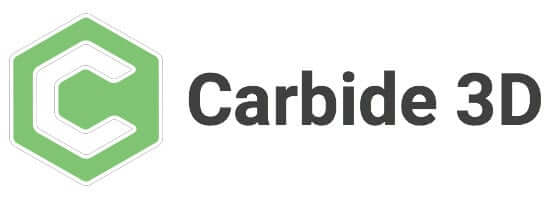
Carbide Create is included with all local computers of the Nomad Desktop and CNC Shapeoko routers so that you do not have to spend hundreds of dollars on programs to go with your new device.
Types of files that you will actually use
- SVG (.svg): Clean tankers, outline, slogans. Imports in Vectric and Carbide creation.
- Dxf (.dxf): CAD vector CAD for parts definition files and hole patterns. Wide imports.
- Stl (.stl): A 3D network of relief and sculpted surfaces (aspiring, professional creation, or equivalent).
- Vectric (.crv, .crv3D) project: Open directly in VcArve/Aspire with ready -made tool paths.
Using ToolstodayDownloadable plans: The plans include SVG/DXF (Universal) and Fectric Project (.crv/.CRV3D). Carbide Create is not used. CRV, but you can import SVG/DXF Confused and make the tool paths quickly.
Toolstoday provides Amana Tool® CNC CNC libraries for Vectric® and Fusion 360 ™ so that you can get the exact data you need for your specified pieces.
Start Quick Start (Carbide Create)
- Start in Sketchup (Optional): Draw your concept; Export tankers
SVGorDXF. - Open Carbide Create: Set the inventory size, the original (usually the left left), and the units.
- SVG/dxf: Power and scale as needed; Join/open the vectors if asked.
- Choose toolpaths: Profile (internal/exterior), pocket, drilling, or V-Carve; Choose to decide and adjust the depth.
- simulation: Cutting inspect. Check the demand, depths, and tabs.
- Post G-Code: Save the file and open it in Carbide.
- On the device: Set zero (x/y/z), safe stock, run the file, and see the first corridor.
What program do you should use? (4 fast cards)
Vectric (VCARVE Desktop, VCARVE Pro, Aspire)
Why do you like Sketchup users: Superb 2D/2.5D Workflow, Fast Toolpath preparation, excellent simulation. Wonderful signs, trays, and furniture parts.
- VCARVE desktop: Full features are set with the smallest functionality limit-Hopby Hopby Beginning.
- VCARVE Pro: There is no limit to the size of the job + production tools (nesting). Good upgrade for large tables/stores.
- Aspire: Everything in VcARVE plus 3D relief models and 3D tools.
File flow: Import SVG/DXF/STL ← Set the Path Tools → G-Code Publishing → Run in your sender.
Carbide Create (Free) and Carbide Create Pro
Why do you like Sketchup users: Simple and fast, perfect pairs with shape. Large stabbing at Sketchup to Cam.
- Create (free): 2D/2.5D (profiles, pockets, V-carve) with useful simulation.
- Create Pro: It adds 3D modeling, 3D machines to the inscriptions and curved surfaces.
File flow: Import SVG/DXF → Create a tool path → Post G-Code → Play in Carbide.
Easel invention (free) and Eastel Pro
Why do you like Sketchup users: Browser -based preparation, fast preparation for simple marks and two -dimensional functions.
- Easel (free): 2D/2.5D level with friendly educational curve.
- Eastel Pro: V-Carve adds and the most advanced features of the crafts and complex details.
File flow: Import SVG/DXF ← Path tools → Simulator → Click (many subsidized CNCs).
Autodesk Fusion 360
Why do you like Sketchup users: CAD + Cam in one app with border strength. Better if you want accurate and editorial models and stay in one environment.
- Personal use: Free with restrictions (fine for many hobbies).
- commercial: Full features and advanced camera shops.
File flow: Design → Switching to manufacture the work space → Path tools → Simulation → Post G-Code.
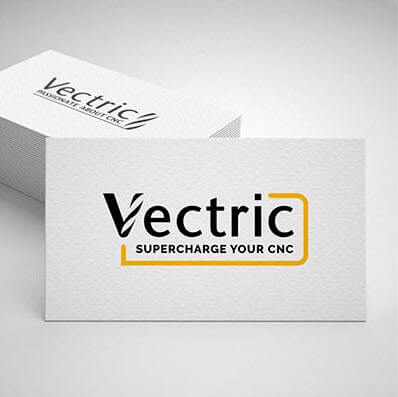 Vectric It makes the beginners wide video lessons andFree CNC project library.
Vectric It makes the beginners wide video lessons andFree CNC project library. Tools, simply explain
A Toolpath It is the road that follows your cutter. You will choose:
- practical: Profile (cut on/interior/outside), pocket (area scan), drilling, V-carve, or raw/finish.
- Tool settings and materials: Type of bit/diameter, depth for each pass, feeding rate, spindle speed.
- Safety and strategy: Decline, tabs, arrangement of operations.
always Run the simulation first-just like your model spinning in Sketchup to Delect, the simulation allows you to capture depth errors, missing tabs, or a wrong cutting direction before the materials are lost.
Tract
- material: Start with MDF or plywood – can be overcome and tolerant.
- Keep it simple: One or two process (for example, a pocket profile +) to learn feed/speeds.
- A document wins: Save work tools and pre -bitten settings; Return them.
- Work first: Clamps, two-sided tapes, or void-safe stocks are equal to clean results.
The fastest path from Sketchup to cut first
Get a CNC plan for beginners, import SVG/DXF Confused to Created Created or VCARVEAnd use the recommended tools path. You will move from the concept to a clean clip for the first time in the afternoon – without guessing.
Browse CNC plans ready to cut

